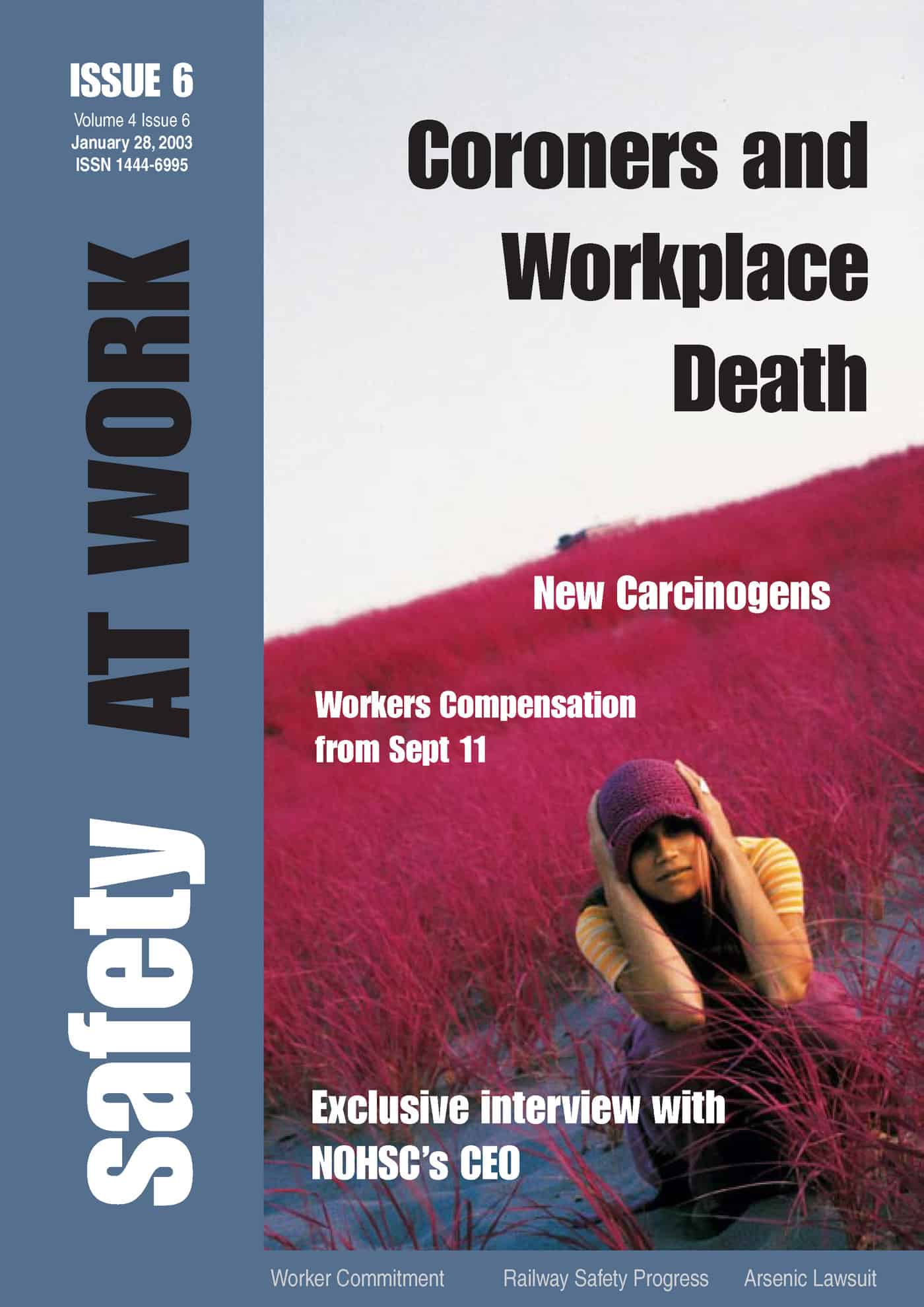Writing recent articles on workplace bullying and harmonisation reminded me of an interview I conducted in 2003 with the then head of the National OHS Commission, Robin Stewart-Compton. NOHSC was a predecessor to Safe Work Australia.
The extract below reminds us that National Uniformity, a cousin to harmonisation, started over twenty years ago.
 SAW: In the early 1990s there was a strong push for National Uniformity of OHS laws and a recent conference of the Royal Commission into the Building and Construction industry discussed this issue at length. Will the National Strategy achieve the aims of National Uniformity over 10 years ago?
SAW: In the early 1990s there was a strong push for National Uniformity of OHS laws and a recent conference of the Royal Commission into the Building and Construction industry discussed this issue at length. Will the National Strategy achieve the aims of National Uniformity over 10 years ago?
RSC: The language has changed and you are more likely to hear of National Consistency than Uniformity but although this change has occurred there exists a paradox. Ten years ago we spoke commonly of the objective of National Uniformity and made very little progress toward achieving it. Continue reading “Stargazing on harmonisation from 2003”


